Oceanía/Australia/Febrero 2017/Noticias/https://theconversation.com
Many parts of Australia have been experiencing a long-running heatwave, with temperatures soaring above 40 degrees in some areas. So what impact is this having on schools? And is it time for the government to roll out a national policy on heat protection?
Research shows that extreme heat can result in physical (cardiovascular and thermoregulation), cognitive (acquiring and retaining information) and emotional difficulties (motivation and negative feelings towards set tasks). And let’s not forget ruined school lunches!
Currently, the main policy in place to protect students from outdoor weather extremes is the Cancer Council’s SunSmart program.
The SunSmart program has had a successful foundation policy for school staff and students to ensure enough shade is provided and to wear sun-protective clothing, a hat, sunscreen and sunglasses for all outdoor activities when UV radiation is at level 3 or higher.
But there is no consistent educative policy across Australian schools for heat protection.
Many schools have site-specific or varying state guidelines. There is, however, little school policy relating to school activities during specific heat conditions (according to a set temperature and humidity).
Impact of intense heat
In the US, emergency department admissions revealed that children were the most reported age group to go to hospital with heat cramps, heat exhaustion, heat stress and heat stroke.
In Japan, between 1975 and 2009, 133 children died of heat stroke while doing outdoor school activities.
School children depend on adults and carers to keep environments at suitable temperatures. There is an ongoing risk of Australian children being exposed to dangerous heat conditions.
Students can often forget to drink enough water, which has an impact on concentration, cognition and memory processes from high sweat loss in extreme heat.
Mandatory requirements for children to do a minimum of 100 minutes of timetabled physical education each week increase the risk of heat exposure.
With fixed times and locations for physical education, this can leave children more vulnerable to heat exposure – especially when this is in addition to recess and leisure time, which are often outdoors.
Students are less active when temperatures are above just 22 degrees, which can impact on meeting physical education objectives and guidelines.
What such a policy would look like
To ensure existing and potential strategies for heat protection could be identified, I conducted a recent review of the various heat-protection implementations, investigations, reports and/or guidelines in schools.
Here I outline five key action areas from the research of what a national school heat policy could look like.
School policy
- Adopt flexible scheduling of outdoor activities according to the heat conditions by duration/intensity. Start earlier or later in the day when the heat is less intense and ensure children have more rest breaks. The school should have alternative venues to modify and relocate activities during extreme heat when temperatures exceed 30 degrees and humidity levels exceed 60%.
- Schools should consider modifying uniforms to combine UV protection with cooling fabrics and ice vests to reduce body temperatures and “thermal stresses” during extreme heat.
- Schools need to be set up to deal with incidences of heat illness and emergencies and to encourage regular rotations to shaded/cooler areas. This includes developing communication procedures (text, internet, email, social media) to notify staff and students of high-risk heat conditions.
Environment
- Ensure extra shade from both man-made structures (tents, sails and umbrellas) and natural features such as trees to provide cooler environments for outdoor activities during extreme heat.
- Use large industrial fans and ensure indoor spaces have open doors/windows or air-conditioning access during activities, especially during rest periods.
- Provide more water fountains, cooled water facilities and electrolytes for fluid retention and regularly monitor outdoor weather conditions. Ice and water spray bottles could also be used as cooling aids.
- Display heat guidelines and charts in prominent locations in the school for reminders about hydration and feelings according to the temperature.
Training
- Develop personal skills so staff and students know how and where to access heat protective strategies in the school. This includes maintaining adequate nutrition, keeping food safe (at lower temperatures to prevent being spoiled), gaining adequate sleep and monitoring hydration practices and fluid loss.
- Develop communication methods within schools relating to heat illness and where to access support or facilities through a developed heat-protective resource map and guide. Train staff how to detect heat illness in others and to treat, mentor, role-model and protect others.
Prevention
- Teachers to take into account medical characteristics of students, age, fitness and level of acclimatisation when undertaking activities in hot conditions. Regularly monitor any students or staff who appear distressed from the heat.
- Implement heat-protective policy according to relevant Australian Curriculum content of “being healthy safe and active”, demonstrate heat-protective behaviours for safety, and identify actions, plan and promote heat strategies to develop health, safety and wellbeing.
Community
- Notify parents about school heat conditions and ask them to provide their children with cooled water and modified uniforms during heatwaves. Also give parents an insight into the school procedures in place to protect the students from the heat.
- Include information on the school’s heat-protective procedures in school newsletters. Parents can use this beyond the classroom. Schools should gain feedback from the community on strategies and ideas for further protection of staff and students during heatwaves.
-
Put on events to help raise funds for heat-protective facilities in schools. Include parents to have different heat-protective roles and responsibilities during outdoor school events.
-
Fuente:
https://theconversation.com/
Fuente imagen:
https://lh3.googleusercontent.com/L6ZJwgpPbXwoIZkeT-89g21pGXu49K8p329kZjV_Cce5F2n9CjExGQ-3tvCpajdYHCymNw=s85
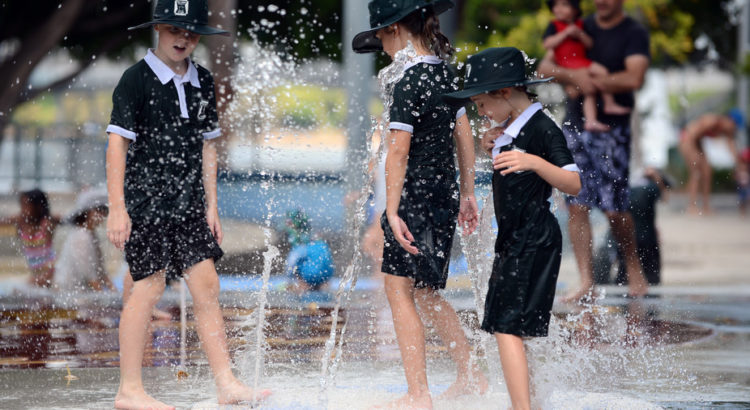
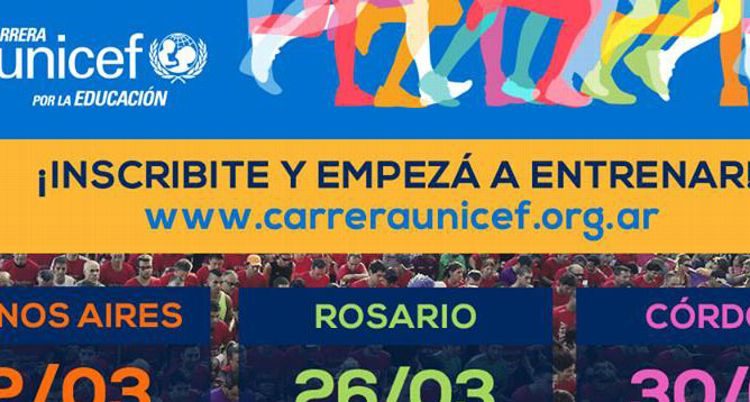
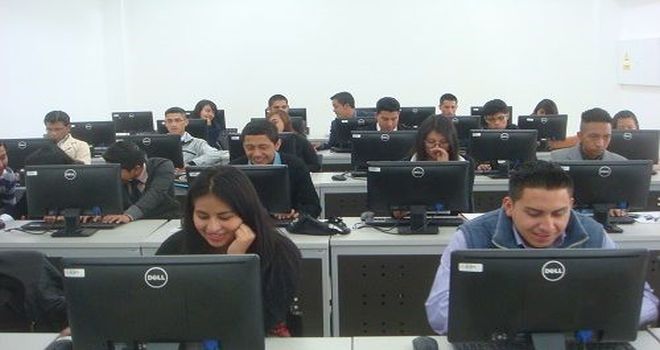
 El objetivo de este experimento era reunir a los alumnos en grupos homogéneos de trabajo para medir el progreso de aprendizaje de la asignatura. Para ello, se utilizaron varios recursos tecnológicos. El primero de ellos fue realizar un test de 44 preguntas, basado en el modelo de Felder y Silverman, a través de encuestas on line con
El objetivo de este experimento era reunir a los alumnos en grupos homogéneos de trabajo para medir el progreso de aprendizaje de la asignatura. Para ello, se utilizaron varios recursos tecnológicos. El primero de ellos fue realizar un test de 44 preguntas, basado en el modelo de Felder y Silverman, a través de encuestas on line con  En base a estas agrupaciones, el estilo de aprendizaje dominante de los estudiantes fue Activo-Visual-Secuencial/Intuitivo. En la primera dimensión (más activo que reflexivo), los estudiantes prefieren un aprendizaje a través de una participación más activa: opinando, reflexionando y actuando. En la segunda dimensión (más intuitivo que sensorial), su tendencia es hacia lo innovador, comprenden rápidamente nuevos conceptos y odian la repetición. Estos alumnos se caracterizan por trabajar con abstracciones y fórmulas matemáticas. En la tercera dimensión (más visual que verbal), la información recibida por los estudiantes debe presentarse de una forma muy visual, con imágenes o diagramas. Y, por último, la cuarta dimensión (más secuencial que global), se recomienda que la información se proporcione de forma progresiva.
En base a estas agrupaciones, el estilo de aprendizaje dominante de los estudiantes fue Activo-Visual-Secuencial/Intuitivo. En la primera dimensión (más activo que reflexivo), los estudiantes prefieren un aprendizaje a través de una participación más activa: opinando, reflexionando y actuando. En la segunda dimensión (más intuitivo que sensorial), su tendencia es hacia lo innovador, comprenden rápidamente nuevos conceptos y odian la repetición. Estos alumnos se caracterizan por trabajar con abstracciones y fórmulas matemáticas. En la tercera dimensión (más visual que verbal), la información recibida por los estudiantes debe presentarse de una forma muy visual, con imágenes o diagramas. Y, por último, la cuarta dimensión (más secuencial que global), se recomienda que la información se proporcione de forma progresiva. Los resultados obtenidos se clasificaron en: principiantes, intermedios y avanzados. El fin era que, una vez acabado el semestre, los alumnos pertenecientes al grupo de principiantes acabaran en el grupo de avanzados.
Los resultados obtenidos se clasificaron en: principiantes, intermedios y avanzados. El fin era que, una vez acabado el semestre, los alumnos pertenecientes al grupo de principiantes acabaran en el grupo de avanzados.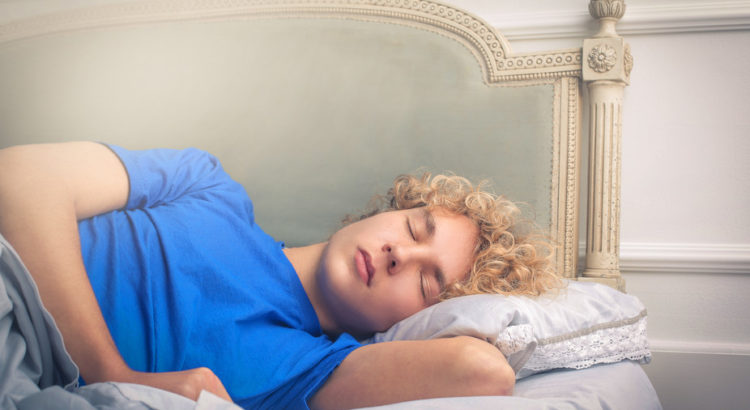


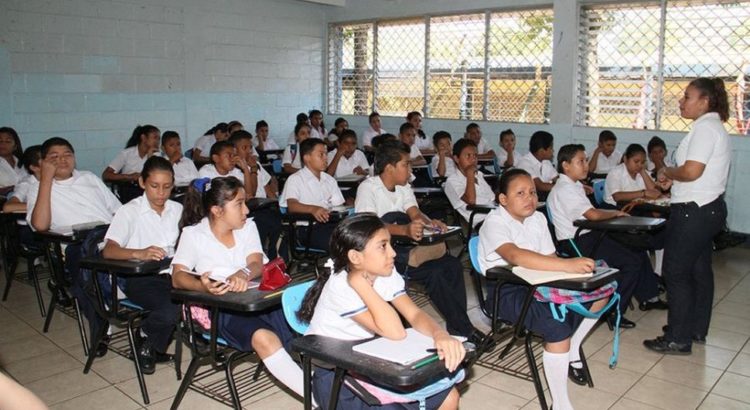
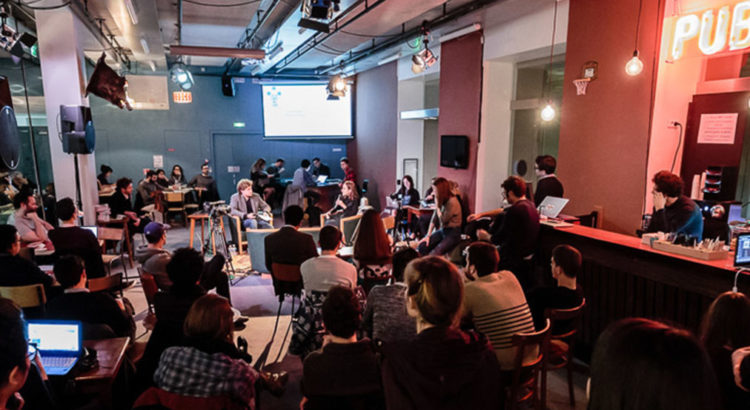
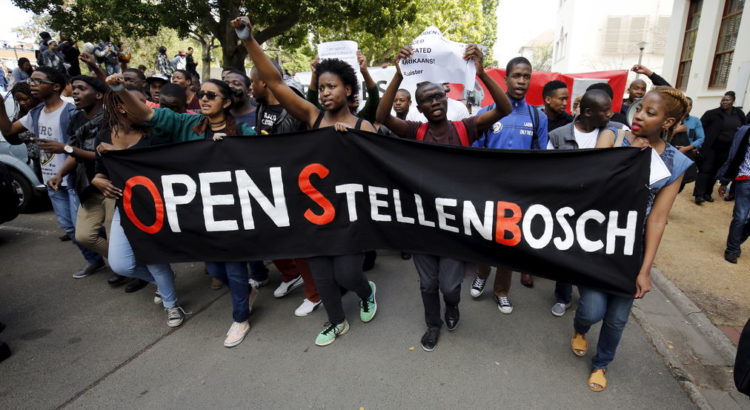






 Users Today : 8
Users Today : 8 Total Users : 35419498
Total Users : 35419498 Views Today : 8
Views Today : 8 Total views : 3353680
Total views : 3353680